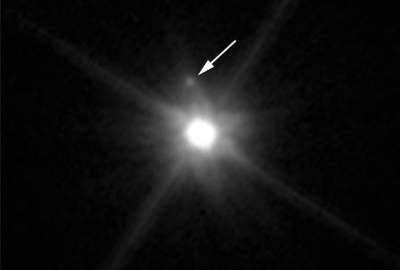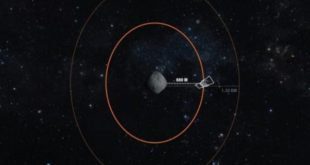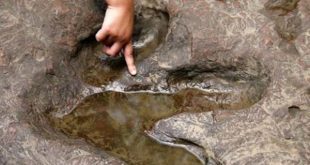 Astronomers have made an amazing discovery.
Astronomers have made an amazing discovery.
In the pictures the Hubble space telescope, astronomers discovered the moon at the last of the four largest dwarf planets in the distant Kuiper belt.
Alex Parker (Alex Parker) from South-Eastern research Institute in Texas and colleagues analyzed images of wide-field camera 3, working on-Board the Hubble space telescope. “There are still things waiting to be open, – said on the results of the scientist, even in places where people have already looked multiple times.” The message about the finding of Parker et al published in the Astrophysical Journal Letters.
Covered with methane snow, icy dwarf planet Makemake was discovered in 2005. Its orbit far beyond Neptune, in the Kuiper belt: on archival images it was possible to trace several decades into the past, showing that from time to time Makemake is closer to the Sun than Pluto. It is believed to be slightly tapered from the pole body in a 3/4 size of Pluto, with a diameter of approximately 1400 km and very dark.
However, the satellite which received the working title MK2, darker Makemake many hundreds of times, and the size of it, according to rough estimates, is unlikely to exceed 150 km. Most of the time in its movement around the dwarf planet, the satellite spends hiding in her low glitter, which still was not seen by astronomers.
The new discovery once again shows that size is not so crucial: with the discovery of MK2 we know the satellites have all four dwarf planets beyond the orbit of Neptune – Pluto, Eris, Makemake and Haumea – one, and then some. How often these small objects are detected satellites, in fact, quite strange. Perhaps in the past the population of these distant regions of the Solar system experienced a period of active clashes and bombing. To point this out will help further study MK2, and its composition








